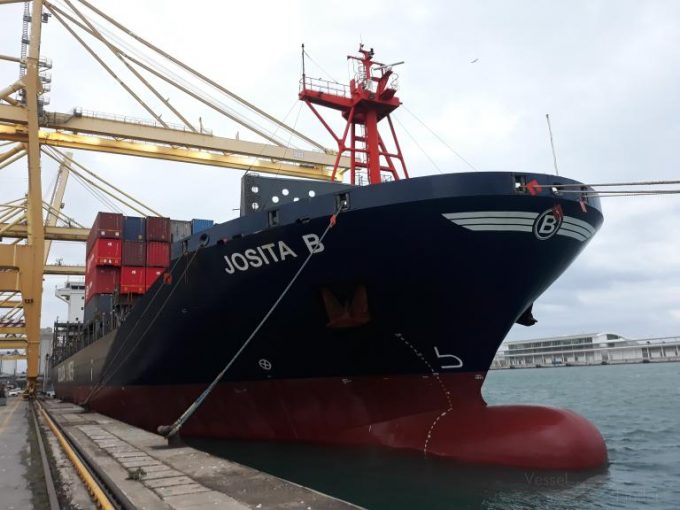Tradelanes: Overcapacity on Asia-S America impacting alliances and rates
Carriers on the Asia-west coast South America trade appear to be on the verge of ...

The number of newbuild ultra-large container vessels (ULCVs) temporarily idled off the Chinese coast is growing with Asia-Europe carriers forced to halt plans to cascade incumbent ships to other trades.
Alliance partners are reportedly experiencing considerable resistance from partners to the phasing in of the 24,000 ...

Comment on this article